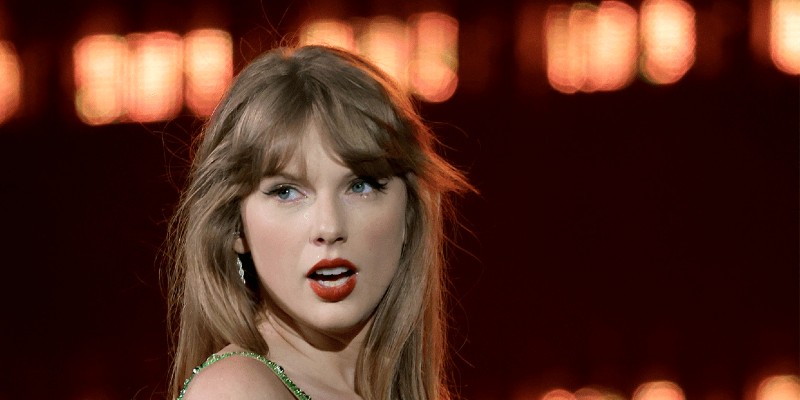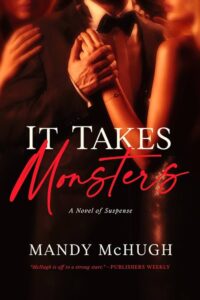I used to say I hated Taylor Swift.
The year was 2008. I was a poor grad school student subsisting on cheap slices and dollar Bud Lights, the latter of which brought me to a dive bar close to campus one night after an evening poetry seminar. Crowded and loud, I was sipping from my bottle of beer-flavored water and arguing about horror movies with the guy next to me wearing too much Dolce and Gabbana and not enough deodorant when it happened.
Love Story started playing.
It was like a scene out of a movie. Everything stopped, suspended mid-air as the guitar intro bled into the saccharine interpretation of Romeo and Juliet that made my pompous English major attitude rear its ugly head. Shockingly, no one else cared that Taylor Swift hadn’t stuck to the original tragedy. Romeo knelt to the ground and pulled out a ring and literally every person in the bar scream-sang the final lyrics at the same time.
To this day, I have never experienced anything like the solidarity of that moment.
It was infectious, the sheer joy, but instead of joining in—which, anyone who knows me will tell you how crazy this is; I am a human jukebox—I stood on the outside. Judging. Too cool for school.
Now, other than thinking that I was a little bit of an asshole (you’re right, by the way, but who wasn’t in their early twenties?) you’re probably wondering what Taylor Swift’s banger of a song has to do with thrillers.
I’m so glad you asked.
There is a certain stigma surrounding genre fiction. Tell someone you write thrillers or horror or mysteries, and responses vary widely, ranging from morbid curiosity to downright vitriol and everything in between. Genre fiction has long been dismissed by critics and readers alike for any number of reasons. Too sensational. Unrealistic. Not serious enough. Too “popular”—the implication being that a book can’t be both entertaining and literary.
But how do we quantify literary worth? Does a book suddenly lose its significance because people enjoy their coming-of-age tales with a side of scary clown in a sewer? Is a character’s journey to self-discovery less real because it happens while hunting a serial killer instead of during a sun-soaked summer abroad?
I challenge anyone who believes this to read Jennifer Hillier’s Jar of Hearts or Gabino Iglesias’ The Devil Takes You Home and find them wanting.
We are truly in a golden age (an era, if you will) of suspense. The talent pool is stacked and shows no signs of slowing. Writers who have been historically overlooked or ignored are giving us not only revenge, missing persons, and untimely murders, but also highlighting relevant themes and social issues through a fresh lens.
Much like Taylor Swift.
Somewhere around Blank Space, I stopped denying I liked her music. It was catchy. It put me in a good mood. It was also clever. The word play, allusions, and subtle references all spoke to my nerd side, and I was hooked. I found myself intrigued by die-hard Swifties and their hunt for Easter eggs, making connections and deducing potential track titles from a single word or image. Engagement and critical thinking in a time when a creator has mere seconds to capture and maintain attention in a digital sphere before a dreaded swipe sends them into obscurity? That was (is) impressive.
Problems were champagned and spelling was f-u-n—but listeners were still experiencing more. The lighthearted anecdotes and the darkness below the surface.
One truth does not discount the other.
And sure, there are earworms about James Dean daydreams and antiheroes, but in the very same breath, she’s giving her audience symbolic and insightful observations about identity, power imbalances, sexism, and gender inequality. Her discography is built on foundational storytelling that is relatable and accessible.
And it clearly works. The Eras tour is expected to gross billions of dollars, has boosted the economy, and spurred creative awakenings across the board. I’ve never been as excited about a trend making a comeback as I am about the resurgence of friendship bracelets.
The same can be said of genre fiction.
When I started writing my sophomore thriller, It Takes Monsters, I had very little idea of where the story was going. In the wee hours of morning with a newborn and a three-year-old, I turned to my books for inspiration. Yes, I re-read the classics, but I also devoured contemporaries. J.T. Ellison. Chevy Stevens. Megan Collins. Christina McDonald. I wanted to write about women, about the pressures of conforming and the desires that are suppressed. I wanted to write about toxic relationships and jealousy and the ugly things people do to each other.
But I also wanted to be funny. I love puns and speak in movie lines. I reference canceled TV shows (looking at you, Nip/Tuck) and quote The House Bunny like it’s my job.
I ran with it, the result of which I’m hoping is a twisty suspense with a whole heaping of dark, sarcastic humor. I don’t know if it’ll inspire a bar full of college kids to drop everything and read with the same enthusiasm as the next TS hit or if critics will staple it to the top of a best-of list with pomp and circumstance.
What I do know is that a book’s value is not defined by ivory towers. And at a time when book banning is a very real threat to our education system and society as a whole, these arbitrary markers seem not only counterintuitive to the literary community, but dangerous.
The best thing we can do is continue to find the words despite the criticism. As a wise woman once said: shake it off.
***


















